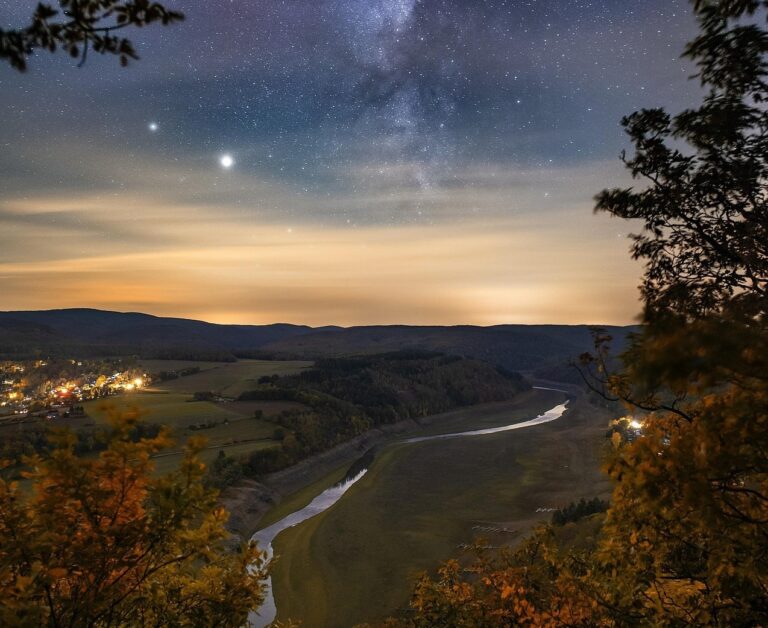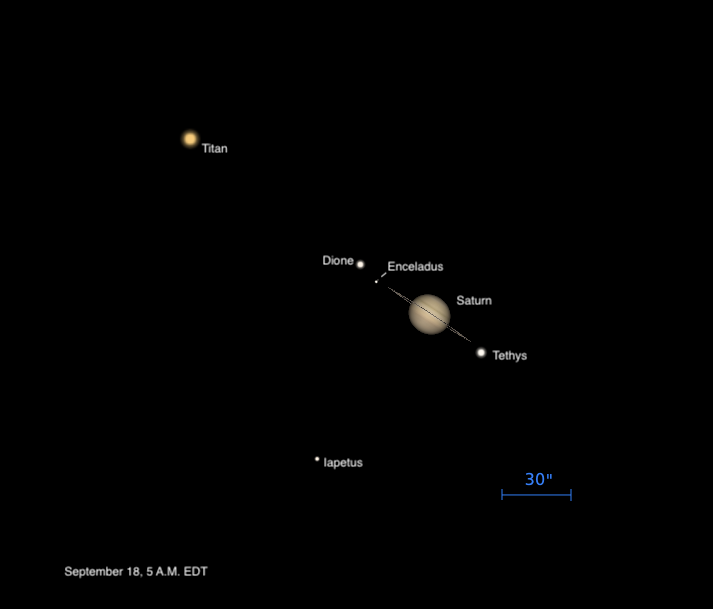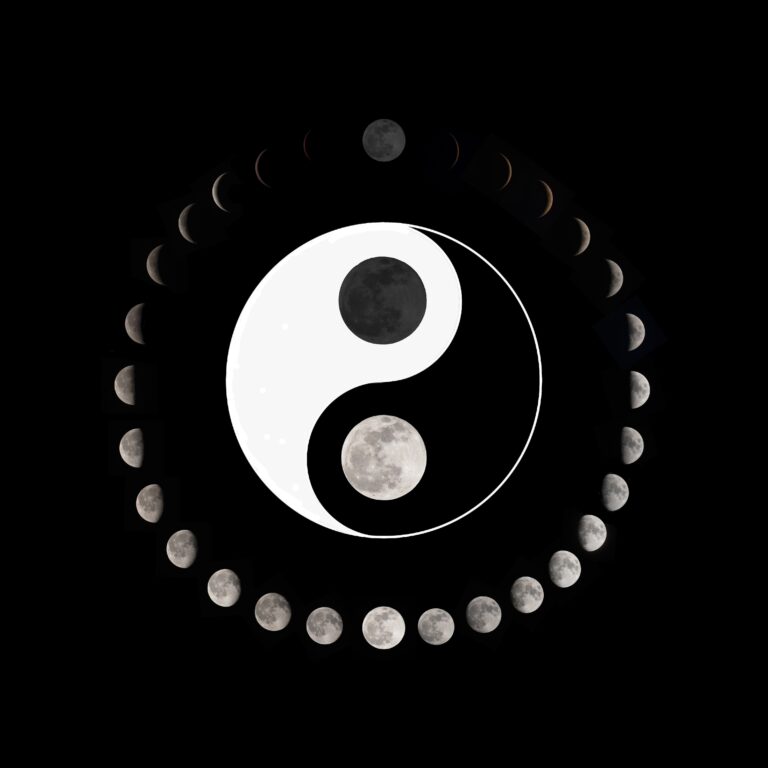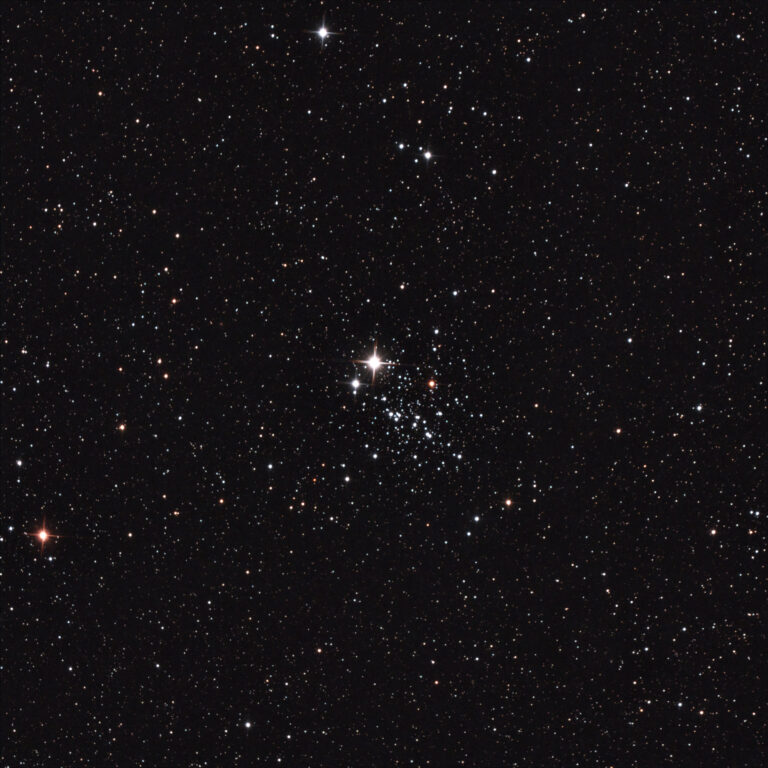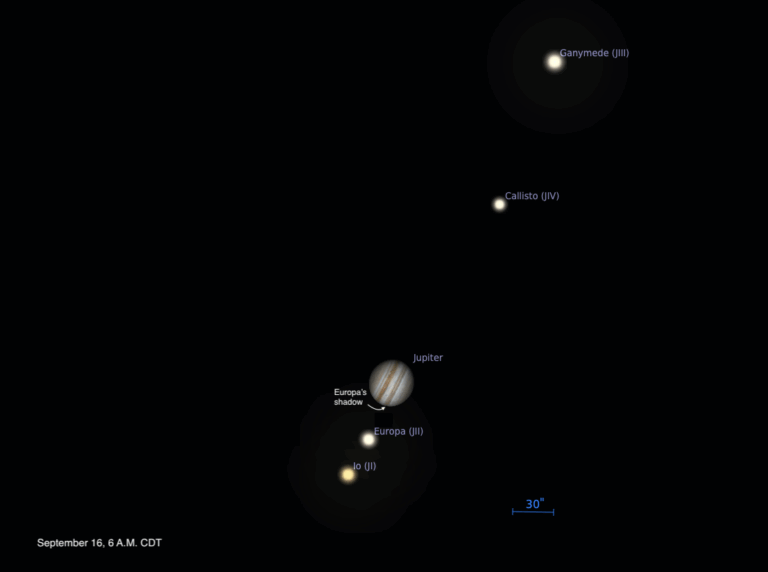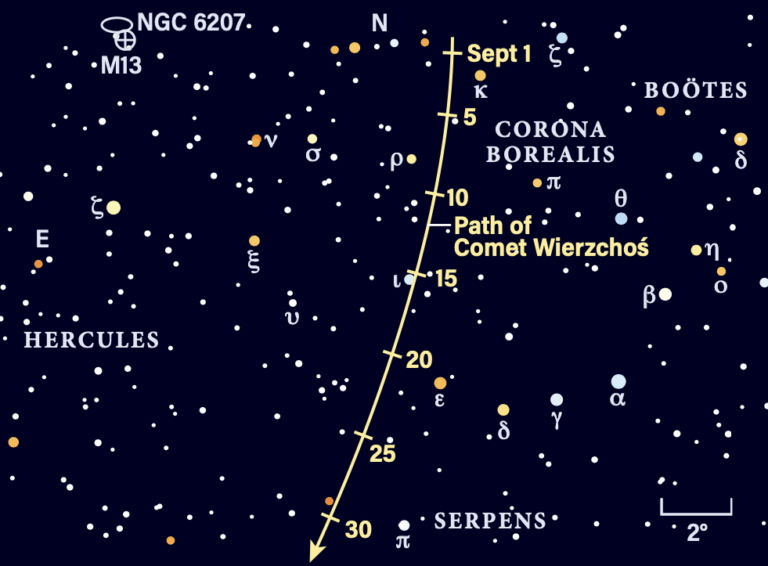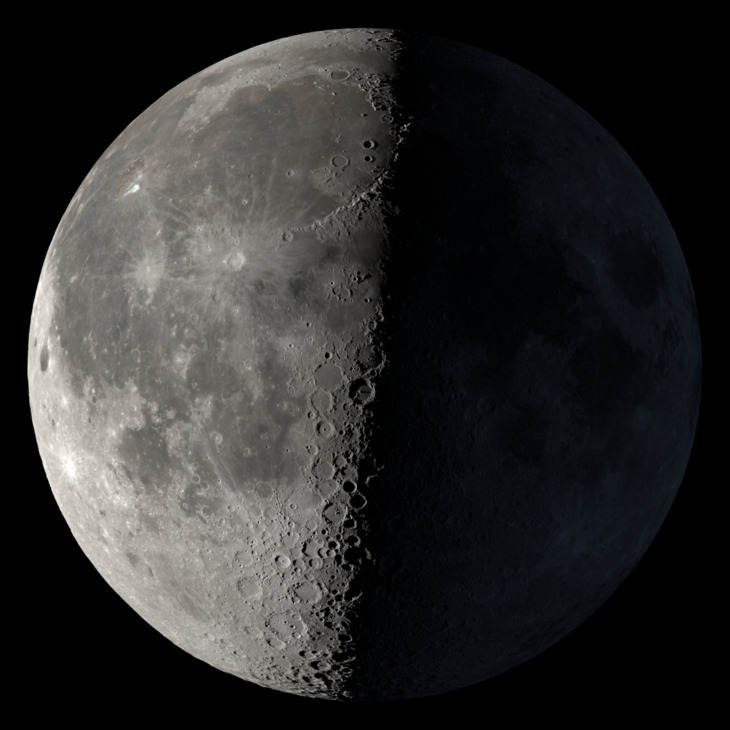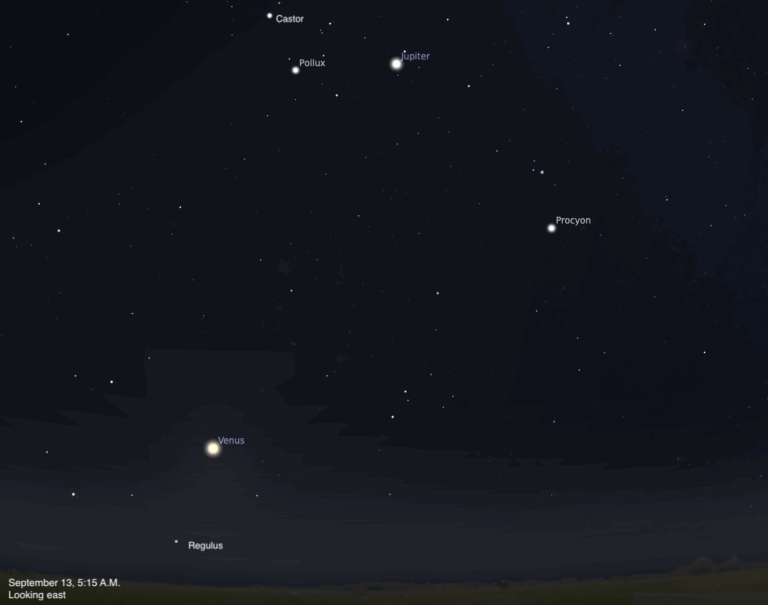Key Takeaways:
Expand your observing with these tools from Astronomy magazine
- StarDome: Get the Moon’s location in your night sky during the eclipse with our interactive star chart.
- Sky this Week: A daily digest of celestial events, by Richard Talcott, senior editor
- Sign up for our free weekly e-mail newsletter.
On June 4, plan once again to get out your lawn chairs, binoculars, and low-power eyepieces. And this year, you better add bug spray. A partial lunar eclipse is on its way.A lunar eclipse occurs when the Moon, in orbit around Earth, passes into Earth’s shadow. Because the Sun isn’t a point of light, the shadow has two parts — the inner, darker umbra and the outer, lighter penumbra. If the whole Moon enters the umbra, the eclipse is total. If the umbra hides only part of the Moon, the eclipse is partial. That’s what’s happening June 4.Throughout North America, the eclipse begins before dawn. The umbral phase begins at 6:00 a.m. EDT (3:00 a.m. PDT). This is after the Moon sets for the continent’s northeast region, but everyone else can see at least part of the event. For West Coast observers, the Moon will stand more than halfway up in the western sky.Maximum eclipse comes at 4:04 a.m. PDT, when 37 percent of the Full Moon will lie within our planet’s shadow. The eclipse wraps up at 5:07 a.m. PDT.Outside the Americas, the eclipse will be visible across the Pacific Ocean. Residents of Australia also will see the entire event. And millions of people living in Eastern China will see the Moon rise at sunset already within Earth’s shadow.Try to catch this event because it will be nearly two years until the next easily viewable one. The next total lunar eclipse will be visible primarily over North and South America on April 14/15, 2014. And although another partial lunar eclipse happens April 25, 2013, it occurs during daytime in the Americas. Furthermore, only 1 percent of the Moon’s surface will lie within Earth’s umbra on that date.During the June 4 eclipse, look about 6° to the southwest of the Moon for Antares, the brightest star in the constellation Scorpius the Scorpion. Binoculars may help if dawn begins to light your sky. The field of view of 7×50 binoculars is 7°.

